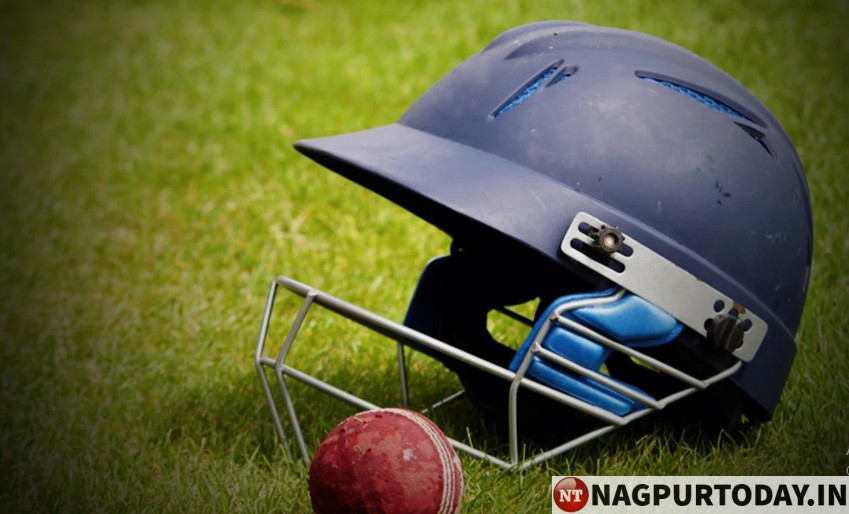As it weighs 160 grams, the cricket ball can do some serious harm when propelled at almost 100 mph. Knowing this, you might be surprised to find out that cricket helmets started to be widely used only recently — in the late 1980s and early 1990s.
Before that, icons of the game like Sir Garfield Sobers, Wally Hammond. Herbert Sutcliffe, George Headley, and Sir Donald Bradman had to face many fearsome bowlers without wearing protective headgear: today’s cricket news.
All things considered, today’s cricket news has fortunately had to only report on a relatively small number of grievous injuries during the 19th and 20th centuries, but let’s take a quick look at the history.
Dangerous Pastime
Sir Vivian Richards explained to Shane Watson in a podcast last week why he never wore a helmet despite facing the fiercest bowlers. This way, he says, he showed his passion for the game. By being prepared to give his life during a game, he showed commitment.
As we stated earlier, helmets became widespread in the international game only in the ‘80s. Batters literally put their bodies on the line, facing some fearsome pace bowlers like Jeff Thomson, Dennis Lillee, Frank Tyson, Ray Lindwall, Harold Larwood, Ernie Jones, Fred Spofforth and the many West Indies bowlers of the late ‘70s and early ‘80s.
Sunil Gavaskar, India’s legendary opener, never wore a helmet either, despite having a sixteen-year-long international career and retiring in 1987. He once tried using a skull cap after getting hit in the head by Malcolm Marshall, but he decided it wasn’t working and gave it up after only a few innings.
The Little Master had an interesting response when asked why he never wore helmets: “There’s nothing up there worth protecting.”
Former captain of India, Nari Contractor, had a near-death experience after getting hit in the head during the no-helmet days. On India’s 1962 tour of the Caribbean, Nari ducked into a short ball from Charlie Griffith. He suffered a fractured skull but was able to recover with the help of expert doctors, sheer grit, and the support of his teammates. Thankfully, Contractor is still alive and kicking at the ripe age of 86.
There Is Still Room for Progress
Although helmets can prevent serious injuries in most cases, they aren’t invincible. Every cricket fan will remember the story of Philip Hughes. The talented Australian batsman got hit in the neck by a bouncing ball in November 2014. He died three days later after being put into an induced coma in a futile attempt by the medical staff to save his life.
Apparently, the injury caused a vertebral dissection that his helmet couldn’t prevent. It was later reported that all helmets would be required to have an additional rearguard, although experts believe that it doesn’t do much except provide the batters with psychological relief.
These days, helmets are made to absorb the energy of the ball by denting or deforming on impact. Foam is injected into the helmet itself between the outer and inner shell to help dissolve the energy of the impact.
Rene Ferdinands, head of cricket biomechanics at Sydney University, believes there’s still more to be done. He claims it could be possible to provide additional protection and shield areas that aren’t covered by the helmet.
Concerned authorities and clever manufacturers will undoubtedly continue to improve the design of the cricket helmet. Hopefully, they will be able to stretch the available technology as much as possible and lower the chances of freak accidents and injuries like that of Phil Hughes.
In spite of numerous advancements in recent years, cricket is still not entirely safe for everyone involved, but we may be approaching a future where it will be.














